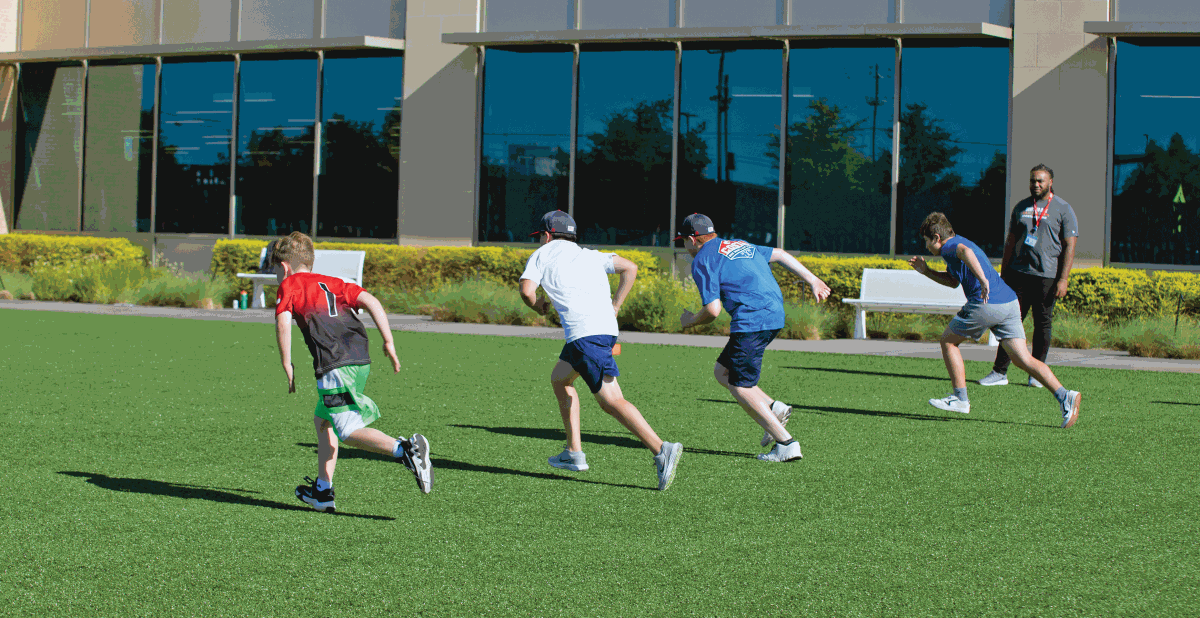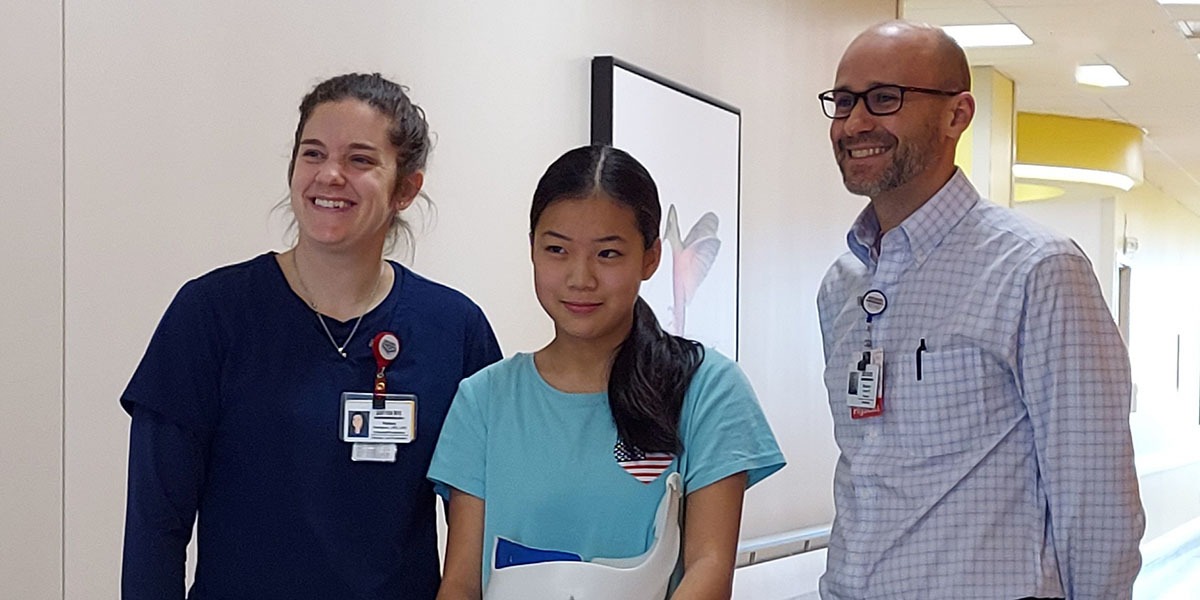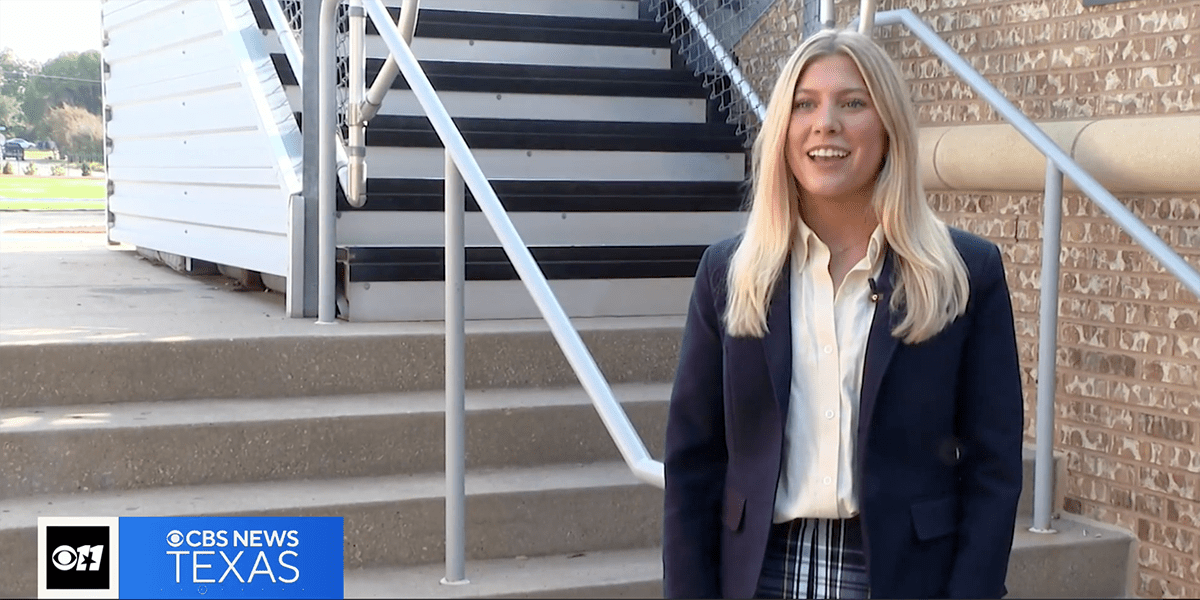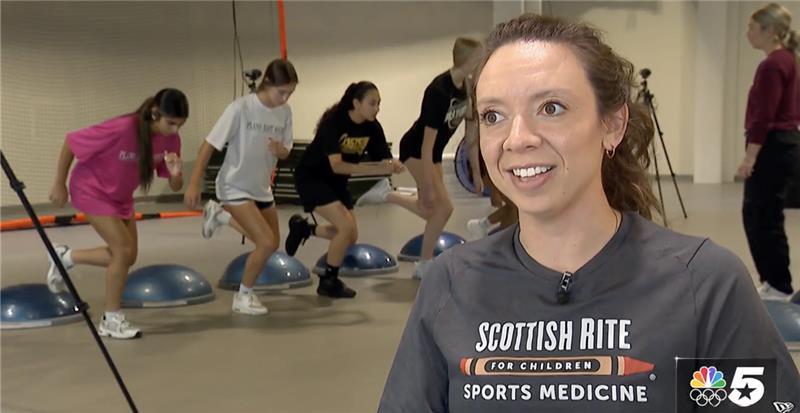It is important for competitive young athletes to understand how to properly fuel their bodies before but also after a long or intense practice, game or competition.
After an intense or very long event when the next meal is hours away, it’s important to have recovery snacks on-hand. Certified sports dietitian, Taylor Morrison, M.S., R.D., CSSD, L.D., says, “while it’s important to know easy snack ideas, it’s even more important to know the framework to follow in order to build these ideal recovery snacks.” Knowing the framework can help prevent snack fatigue and also be used in selecting quality recovery meals.
Download the PDF.
Below is a guide to creating great recovery snacks. Athletes can use the examples listed or include some of their own favorite foods to build snacks they will enjoy.
3 KEY COMPONENTS TO THE IDEAL RECOVERY SNACK
- Carbohydrate: refills depleted energy stores in the muscle and liver. Provides the body with energy (which allows consumed protein to heal tissues and maintain muscle).
- Protein: used to rebuild or repair worked tissues in the body.
- Fluid: prevents dehydration and promotes optimal recovery.
RECOVERY SNACKS SHOULD BE MADE WITH WHOLE FOODS, NOT PACKAGED SUPPLEMENTS
It’s important to focus on whole foods for recovery vs. dietary supplements because the micronutrients in the foods can also be important factors for recovery and injury prevention. Some of these micronutrients include: vitamin D, calcium, potassium, magnesium, B12 and iron.
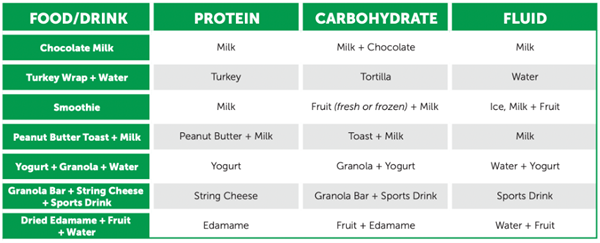
To know more specifically how much carbohydrate, protein and fluid your athlete needs for optimal recovery after long intense games or tournaments, meet with a registered sports dietitian who can create recommendations unique to your athlete.
Visit our sports nutrition for young athletes page to learn more.


